The history of construction materials is marked by products that, for a period, seemed to offer ideal solutions to enduring challenges. Among these, asbestos shingle tiles hold a significant place. For much of the twentieth century, these composite building components were lauded for their durability, fire resistance, and affordability.
The Rise of a Ubiquitous Material: Why Asbestos Shingle Tiles Were Dominant
To understand the widespread applications of asbestos shingle tiles, one must first appreciate the material properties that made them so attractive to builders, architects, and homeowners alike. The fundamental composition of these tiles was a mixture of Portland cement and asbestos fibers, which were integrated to create a remarkably resilient product. The asbestos fibers acted as a reinforcement, much like steel in concrete, providing tensile strength that pure cement lacked. This synergy resulted in a building material with a suite of highly desirable characteristics that were difficult to find in a single, cost-effective product at the time.
The key properties that drove their adoption were multifaceted. Foremost among these was exceptional fire resistance. As a non-combustible material, asbestos cement would not ignite or contribute fuel to a fire, making it a premier choice for enhancing building safety. This was a critical consideration in an era of wood-burning stoves, knob-and-tube wiring, and a growing awareness of urban fire hazards. Secondly, the tiles exhibited remarkable durability and longevity. They were resistant to rot, corrosion, and degradation from moisture. They did not attract insects, such as termites, and were impervious to mold and mildew growth. This resilience translated into minimal maintenance requirements; they did not need to be painted regularly to maintain their integrity, though they often were for aesthetic purposes. Furthermore, they were lauded for their weather resistance, standing up to hail, high winds, and the freeze-thaw cycles that could crack or spall other materials.
From a manufacturing and economic standpoint, asbestos shingle tiles were relatively inexpensive to produce and could be formed into a variety of shapes, sizes, and surface textures. This allowed them to mimic more expensive materials like wood shakes, slate, and even brick, providing a budget-friendly alternative that appealed to the mass housing market of the post-war boom. The combination of safety, durability, low maintenance, and cost-effectiveness created a powerful value proposition. This confluence of factors propelled asbestos shingle tiles to a position of dominance in the construction industry, setting the stage for their application across multiple facets of building envelopes. The search for a fireproof roofing and durable siding material found a compelling answer in this product, leading to its installation on millions of residential, commercial, and industrial structures worldwide.
The Primary Application: Roofing and Cladding Systems
The most significant and visible application of asbestos shingle tiles was in roofing systems. For decades, they were one of the most popular choices for residential and commercial roofs across North America and Europe. Their performance characteristics made them exceptionally well-suited for this demanding role, where protection from the elements is paramount. As a roofing material, the tiles were installed in an overlapping pattern, similar to wood shakes or clay tiles, which effectively shed water and provided a robust, multi-layered barrier against rain, snow, and wind.
The advantages of using asbestos shingle tiles for roofing were numerous. The fireproof nature of the material was a major selling point for entire communities, potentially reducing the risk of a house fire spreading from a neighbor’s burning home or from airborne embers. Their impact resistance meant they could withstand hail and fallen branches better than many other contemporary materials. The minimal maintenance requirement was a long-term benefit for homeowners, as the tiles would not rot, warp, or corrode. Their inherent weatherproofing capabilities ensured a long service life, with many roofs lasting for fifty years or more with little more than occasional cleaning. The weight of the tiles also contributed to the stability of the roof structure, helping to resist wind uplift. For builders and buyers seeking a long lasting roof, asbestos shingle tiles represented a reliable and prudent investment.
Beyond the standard roof cladding, the application extended to specific roofing components. Asbestos cement was frequently used to fabricate other roof elements that complemented the shingle tiles. This included ridge caps, which were specially profiled tiles designed to cover the peak of a roof, and soffit panels, used to enclose the underside of the eaves. The use of the same material for these ancillary components ensured a consistent look and performance across the entire roof system. The drive for a fire resistant roof was not limited to houses; it extended to commercial buildings, factories, and agricultural structures, where the risk of fire from industrial processes or stored materials was often higher. In these contexts, the practical benefits of the material often outweighed aesthetic considerations, solidifying its role as a default choice for industrial roofing and cladding.
A Secondary Skin: Siding and Vertical Cladding Applications
The utility of asbestos shingle tiles was not confined to the roof. Their second major application was as an exterior wall cladding, or siding. Used in this capacity, the tiles provided the same protective barrier for vertical surfaces as they did for sloped ones. As siding, the tiles were applied in overlapping courses, creating a durable, weather-tight skin that protected the building’s structural frame from moisture and decay. This application was particularly popular for homes, but it was also widely used on commercial storefronts, institutional buildings like schools, and utilitarian structures such as warehouses and garages.
The motivation for choosing asbestos shingle tiles for siding mirrored many of the reasons for their roofing use. Durability was a primary factor. A siding material is subject to physical impact, moisture from driving rain, and ultraviolet radiation from the sun. Asbestos shingle tiles proved highly resistant to all these forms of degradation. They would not dent like metal siding nor rot or split like wood clapboard. This led to their reputation as a low maintenance siding option. While they could be left in their natural gray cement color, they were often factory-primed or field-painted, and their robust surface held paint well, reducing the frequency of repainting compared to wood.
Aesthetically, asbestos shingle tiles offered versatility that appealed to the architectural styles of the mid-twentieth century. They were manufactured to imitate other materials, providing a cost-effective way to achieve a desired look. The most common style was designed to replicate the appearance of wood grain siding, complete with a textured surface that mimicked the grain of sawn wood. Other styles were made to look like slate or were produced with a smooth, uniform face. This allowed builders to use a single, highly durable material to achieve a range of architectural effects, from traditional to modern. The use of these tiles for siding contributed significantly to the weatherproofing of a structure’s envelope, working in concert with the roof to create a cohesive and highly resilient shell. For homeowners and builders looking for fireproof siding that also offered excellent weather resistance, asbestos shingle tiles were a logical and widely available choice.
Specialized and Ancillary Applications in Construction
While roofing and siding constituted the bulk of their use, the adaptability of asbestos shingle tiles led to their employment in several more specialized construction applications. These uses leveraged the material’s core properties to solve specific problems or to fulfill secondary functional and aesthetic roles within a building’s design. One such application was in the construction of interior partition walls, particularly in commercial, industrial, and institutional settings. In places like factories, laboratories, or school science rooms where fire resistance and durability were paramount, asbestos cement tiles could be used to create walls that were both functional and easy to clean.
Another notable, though less common, application was for decorative purposes. Some lines of asbestos shingle tiles were manufactured with intricate patterns or embossed designs. These could be used to create accent features on building exteriors or, in some cases, for interior feature walls in commercial establishments. Their ability to be painted allowed for further customization. Furthermore, the material’s resistance to moisture made it suitable for specific exterior features. It was sometimes used as a skirt or cladding for porch foundations, protecting the vulnerable areas at the base of a structure from splash-back and moisture ingress.
In more utilitarian structures, the application of asbestos shingle tiles extended to outbuildings such as garages, sheds, and barns. The need for a low cost and long lasting material in these contexts was high, and the tiles fit the requirement perfectly. Their use on agricultural buildings underscored their perceived value as a rugged, no-fuss material that could withstand decades of service with minimal upkeep. The following table summarizes the primary and secondary applications of asbestos shingle tiles in construction:
| Application Category | Specific Use | Primary Rationale |
|---|---|---|
| Primary: Roofing | Main roof cladding, ridge caps, soffits | Fire resistance, weatherproofing, durability |
| Primary: Siding | Exterior wall cladding for residential and commercial buildings | Durability, low maintenance, weather resistance |
| Secondary: Interior | Partition walls in industrial/commercial settings | Fire resistance, surface durability |
| Secondary: Decorative | Accent walls, decorative features | Aesthetic versatility (textured/patterned tiles) |
| Secondary: Utility | Garages, sheds, agricultural buildings, foundation skirting | Low cost, longevity, moisture resistance |
These specialized applications demonstrate how the fundamental properties of asbestos shingle tiles—fireproofing, durability, and moisture resistance—were leveraged across nearly the entire building envelope, from the roof peak down to the foundation skirt. This versatility is a key reason for the material’s pervasive presence in the built environment of the era. Understanding these varied uses is critical for asbestos shingle identification during building inspections and renovation projects, as the material may be found in unexpected locations.
The Legacy and Shift Away from Asbestos Shingle Tiles
The reign of asbestos shingle tiles as a premier building material began to wane in the latter part of the 20th century. This shift was not due to a failure in their structural or performance characteristics, but rather to a growing body of scientific and medical evidence that revealed the significant health hazards associated with asbestos fiber exposure. The very property that made the material so strong—the embedded mineral fibers—became its greatest liability. When the tiles are intact, undisturbed, and in good condition, the fibers are typically well-bound within the cement matrix. The danger arises when the material is friable, meaning it can be easily crumbled by hand pressure, releasing microscopic fibers into the air.
The process of cutting, drilling, sanding, or breaking asbestos shingle tiles during installation, repair, or demolition creates dust that contains these respirable fibers. Once inhaled, the sharp, durable fibers can become lodged in the lungs and remain there for a long time. This prolonged exposure is scientifically linked to serious and often fatal lung diseases, including asbestosis (a scarring of the lung tissue), lung cancer, and mesothelioma, a cancer specifically of the lining of the lungs or abdomen. The long latency period between exposure and the onset of disease, often decades, meant that the full scale of the public health crisis took years to become apparent.
This understanding led to a dramatic regulatory and cultural shift. By the 1970s and 1980s, many countries began to impose strict regulations on the use of asbestos, culminating in outright bans on its manufacture and installation in new construction in numerous jurisdictions. The construction industry was forced to seek alternatives, leading to the development and adoption of safer materials. Fiber-cement siding and roofing, which uses cellulose and synthetic fibers instead of asbestos, emerged as a direct and safer successor, replicating many of the beneficial properties without the associated health risks. Other alternatives, such as vinyl siding, composite roofing shingles, and metal panels, also gained market share. For existing buildings, the management of asbestos shingle tiles became a major concern. The standard protocol today is to either manage them in place if they are in good condition or to have them safely removed by licensed asbestos abatement professionals following strict safety and disposal protocols. This legacy has turned a once-celebrated building material into a subject of careful environmental and health management.
Conclusion
The primary applications for asbestos shingle tiles in construction were extensive and impactful, centered predominantly on roofing and siding systems. Their widespread adoption was driven by a powerful combination of performance attributes: superior fire resistance, exceptional durability, and low maintenance requirements, all at a competitive cost. These properties made them an almost ideal choice for protecting buildings from the elements and from fire for a significant portion of the twentieth century. Their use extended from the roofs of suburban homes to the walls of commercial factories, and into more specialized interior and decorative roles, leaving a lasting physical imprint on the built environment.
Today, the narrative surrounding asbestos shingle tiles is one of caution and managed risk. While their historical performance is undeniable, the profound health hazards associated with asbestos fiber exposure have irrevocably changed their status from a building solution to a potential liability. For current building owners, wholesalers dealing in renovation, and construction professionals, a thorough understanding of where and how these tiles were used is not merely an academic exercise. It is a fundamental prerequisite for responsible property management, safe renovation practices, and effective asbestos shingle identification. The story of asbestos shingle tiles serves as a powerful case study in the evolution of building science, reminding us that the performance of a material must always be balanced against its long-term impact on human health and the environment.









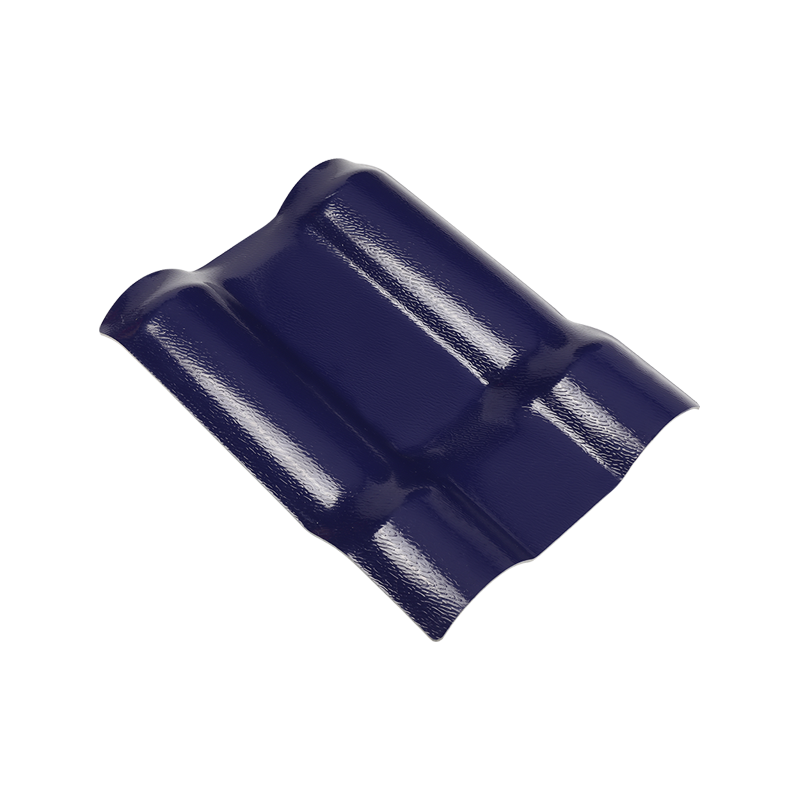
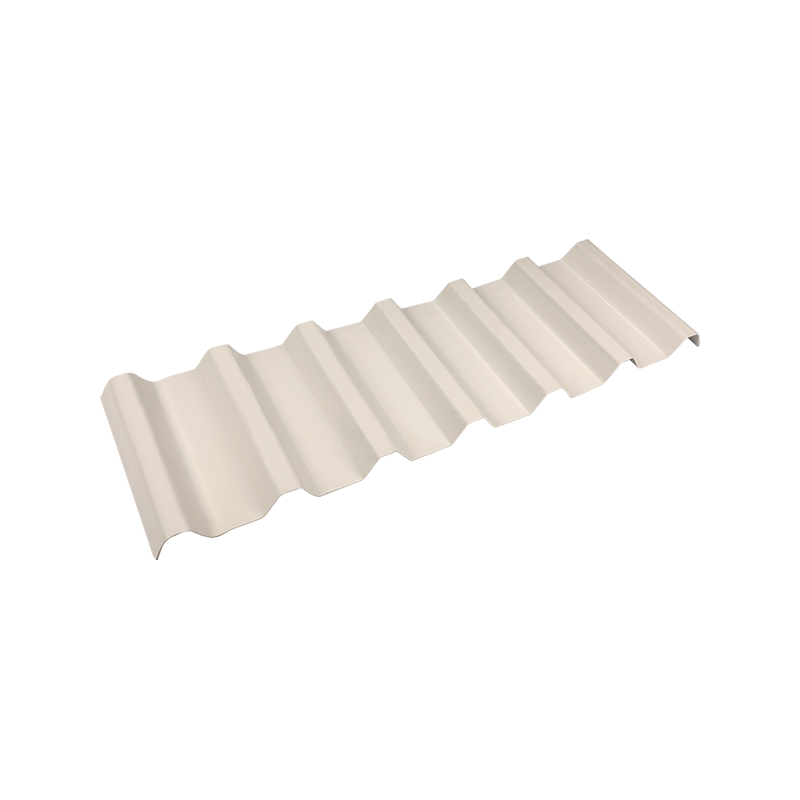
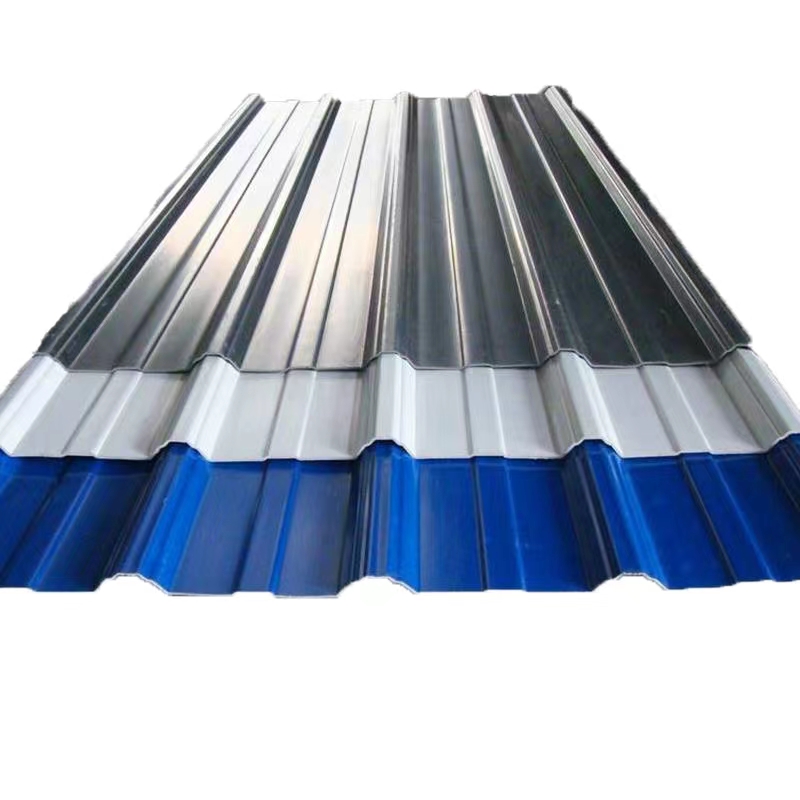
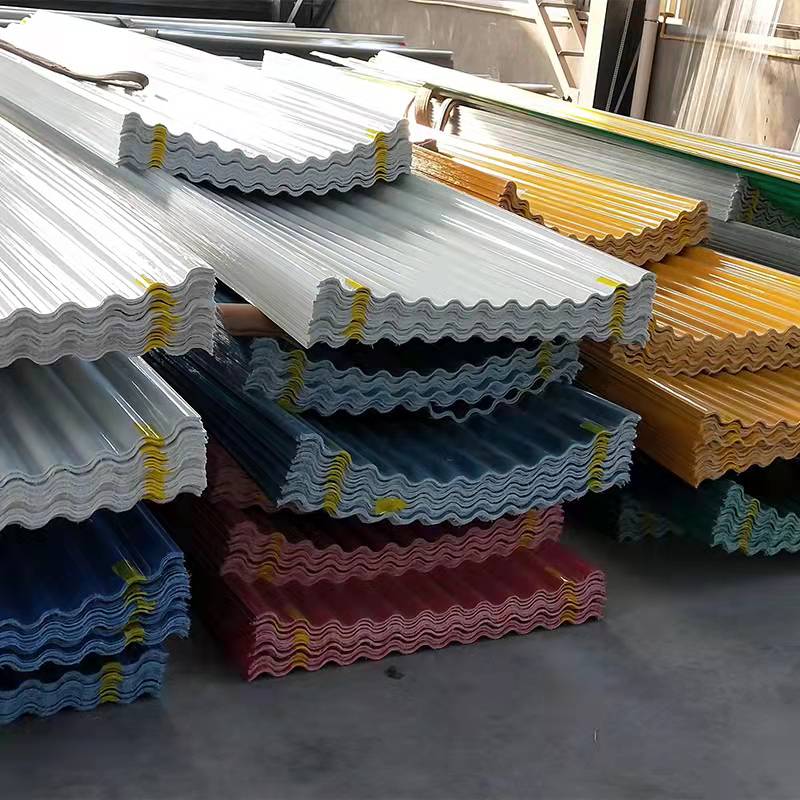
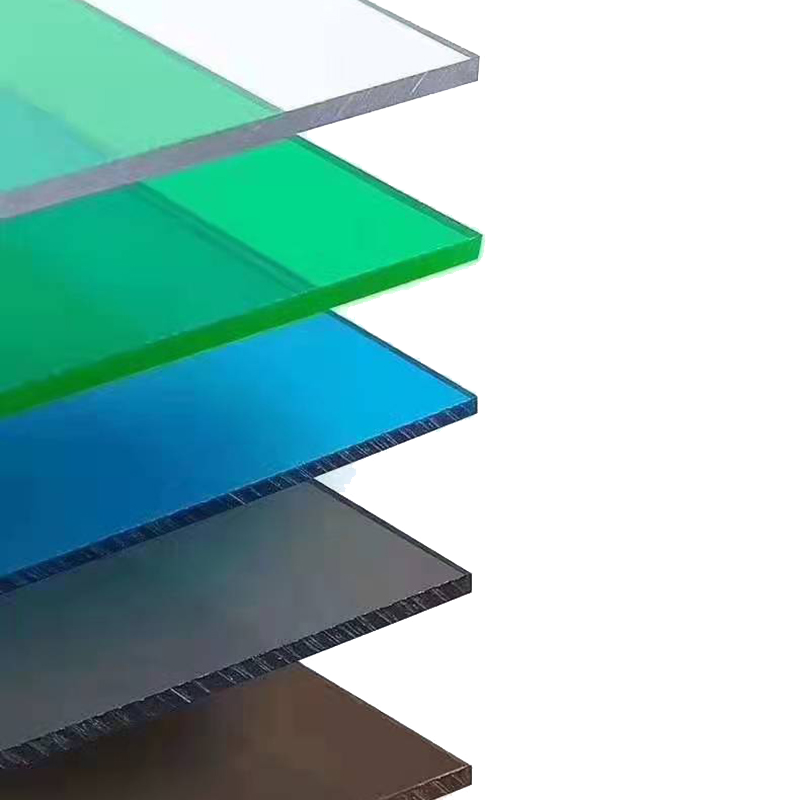
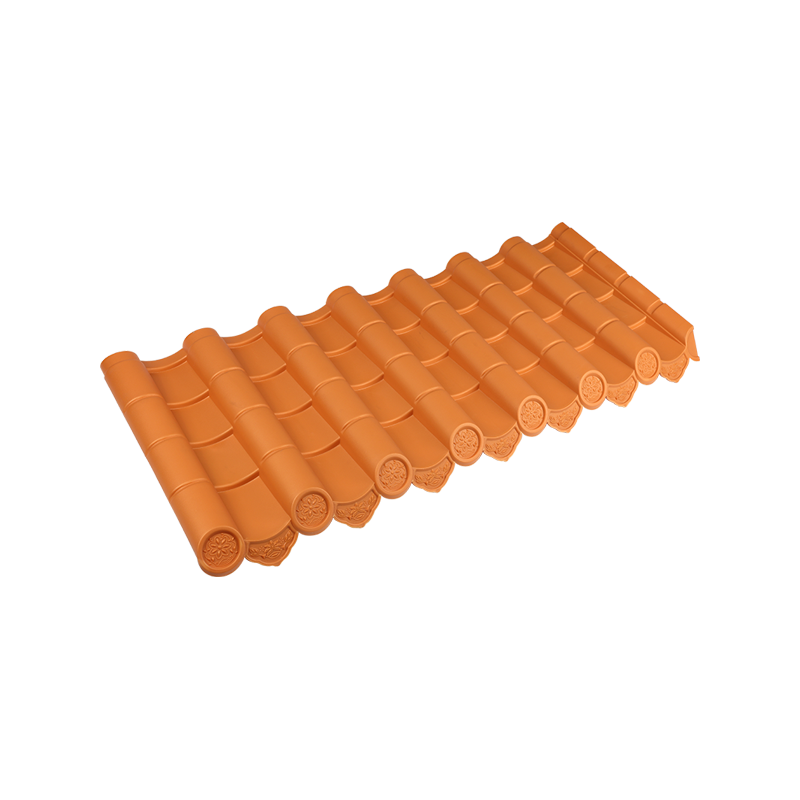
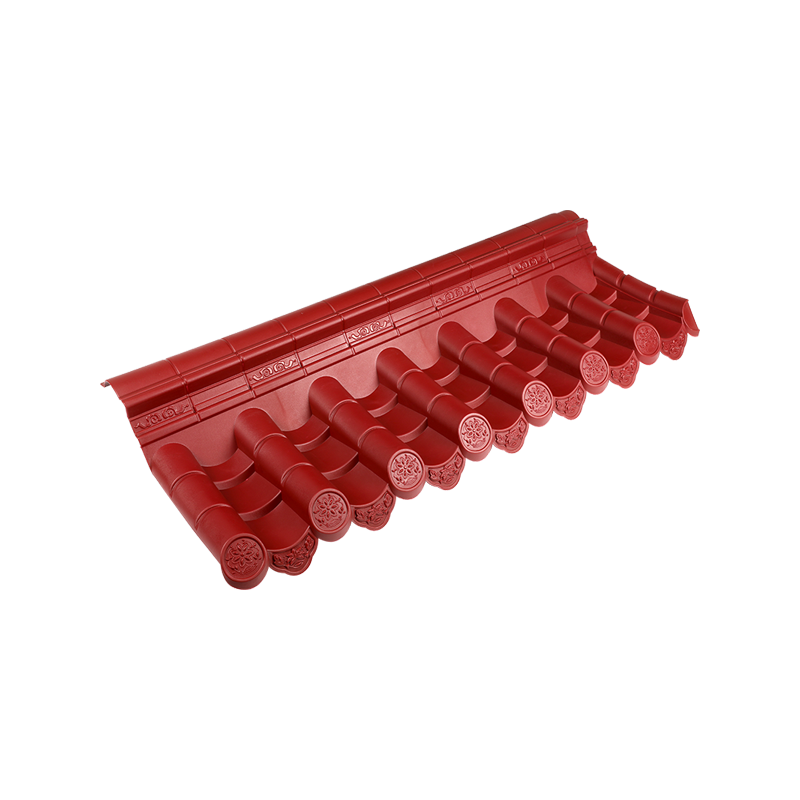


 Email:
Email: Phone:
Phone: Adress:
Adress: